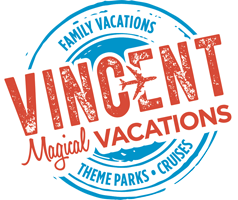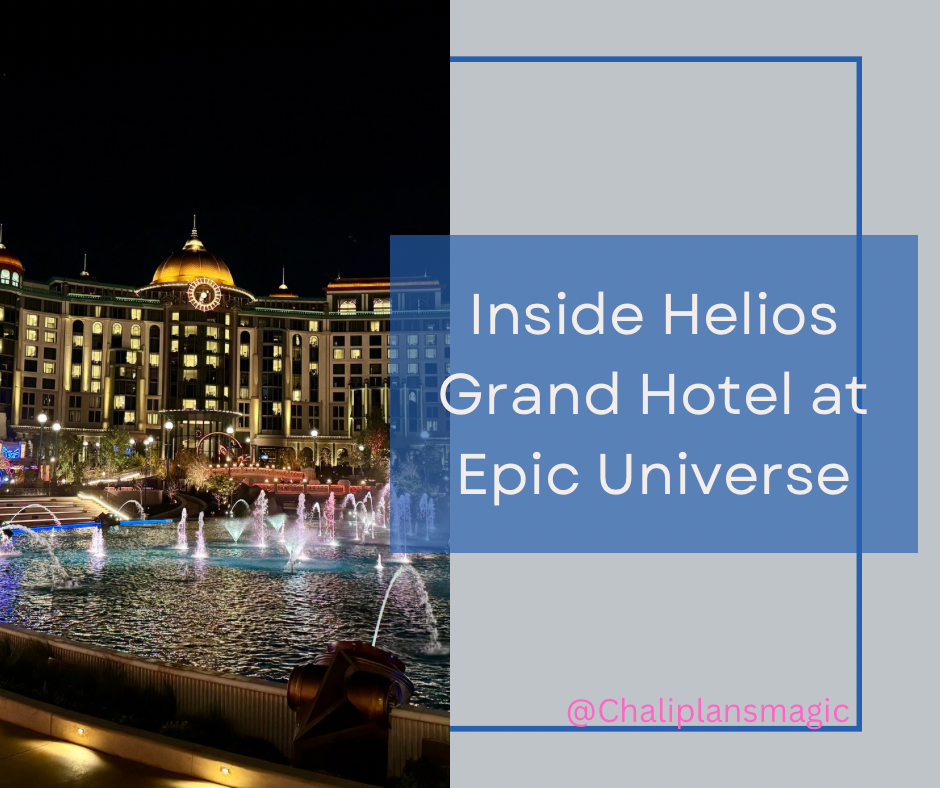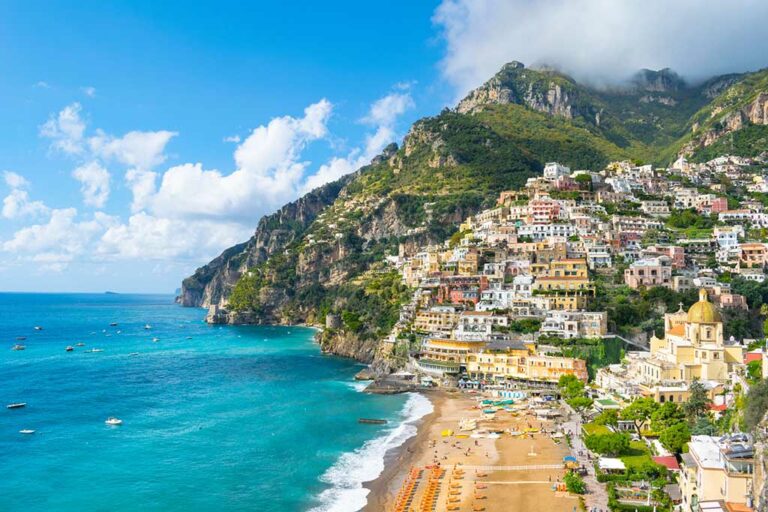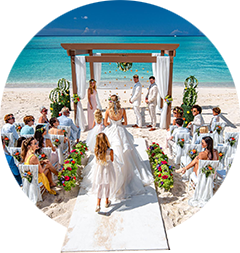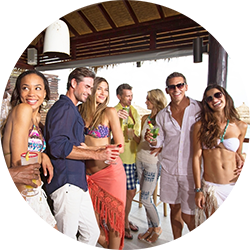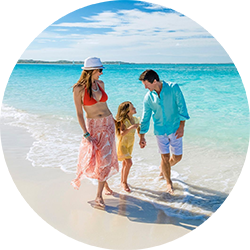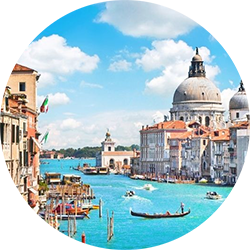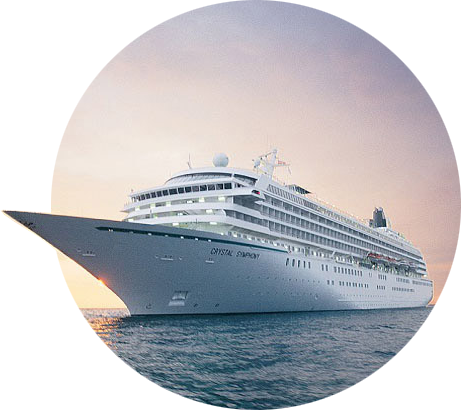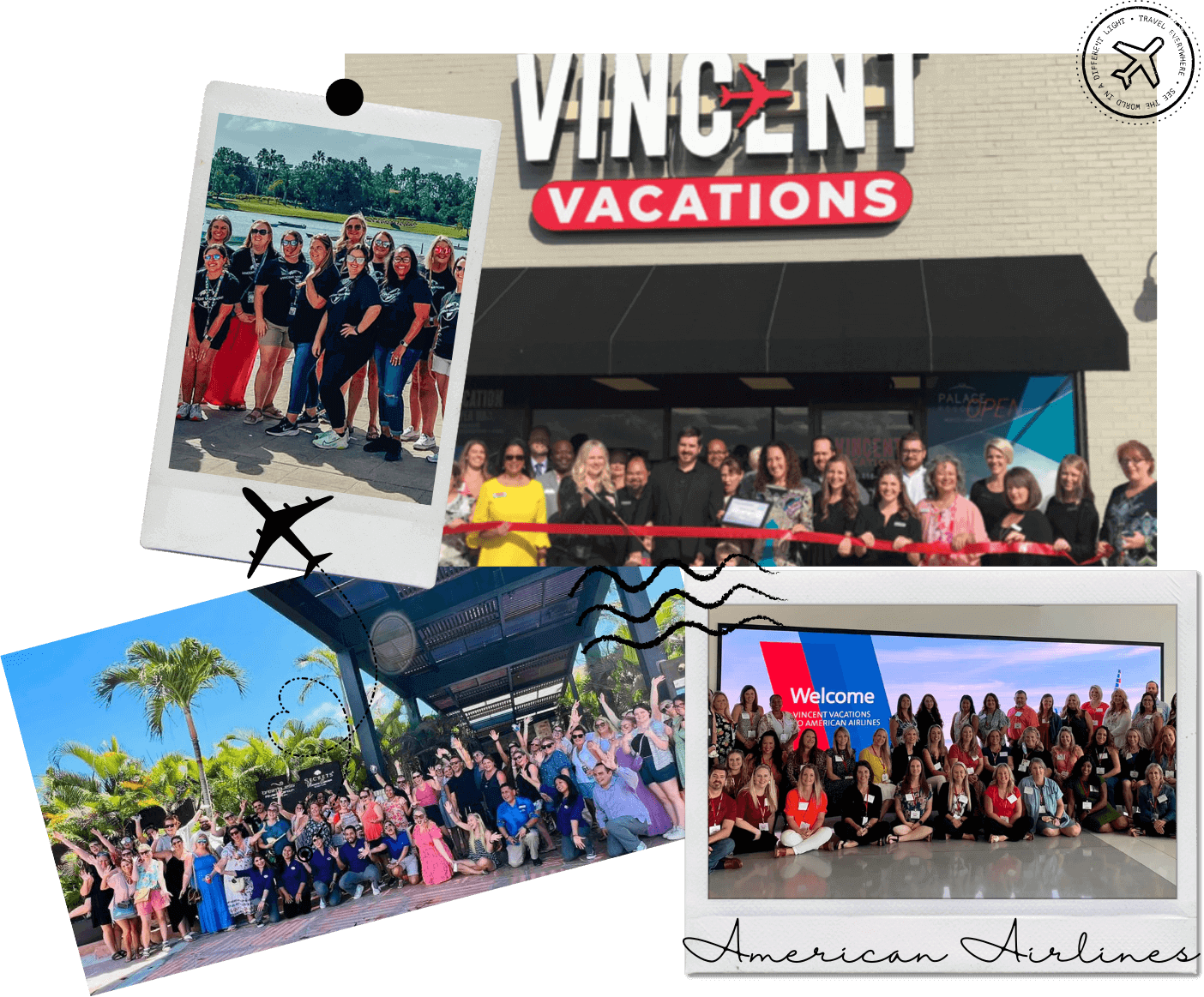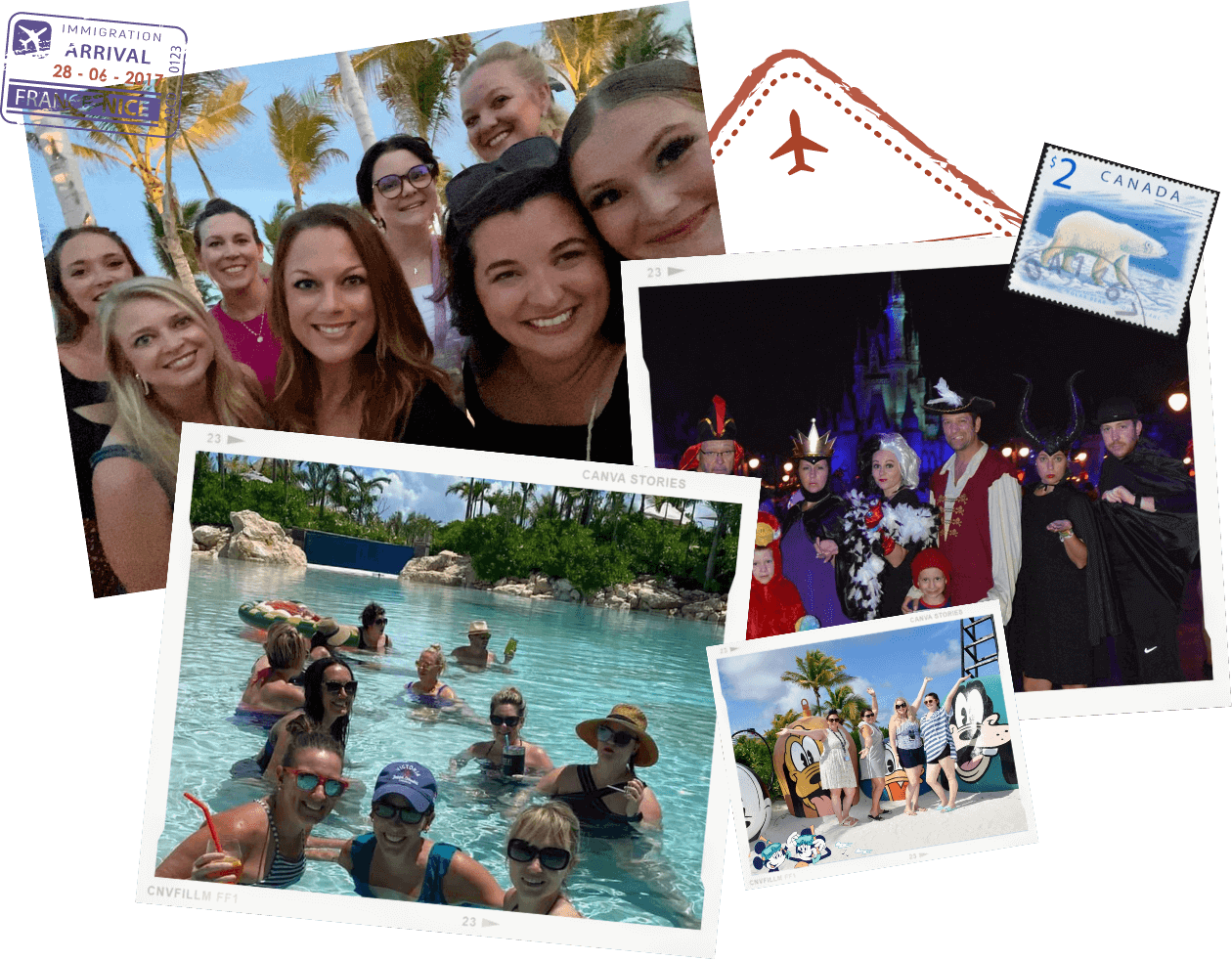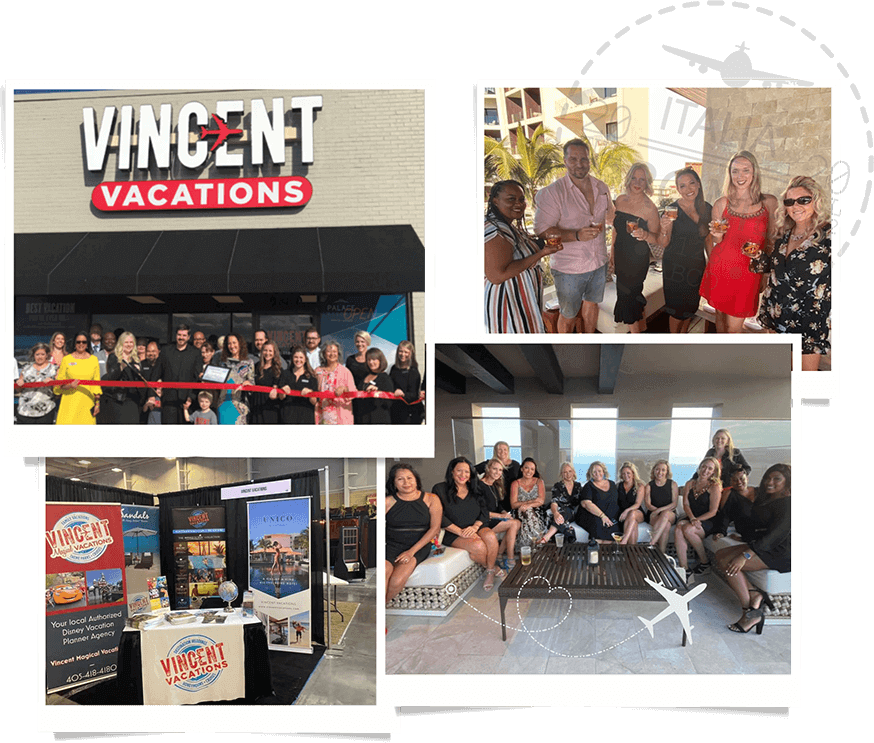Porto Disney Travel Agents Near Me
We recognize that Disney vacations are not just an investment, but often the highlights of our lives, and we take that responsibility seriously. We want to ensure you have the best vacation experience.
Interested in a job in travel? Click here to learn: How to Become a Disney Travel Agent
Jump to section:
A B C D E F G H I J K L M N O P Q R S T U V W X Y Z
See our Disney travel agents near me.
Overview
Introduction
Porto, Portugal's second-largest city, sits on the steep north bank of the Douro River, 195 mi/310 km north of Lisbon. It has an interesting port area and a charming, old-world feel to it, especially among the ocher and brown tenements stacked high on the slopes above the river. Porto's history predates the Roman occupation—in fact, Portugal took its name from the town.
There's a famous saying that sums up how the Portuguese feel about Porto (sometimes referred to as "Oporto"): "Coimbra sings, Braga prays, Lisbon shows off and Porto works."
Porto has undergone many transformations in the new millennium, including the opening of a photography museum (housed in a 19th-century prison) and an orchestra hall. The urban regeneration has reached the Ribeira area, where scores of trendy cafes and restaurants as well as quality souvenir and craft shops have sprung up. Porto is a vibrant and increasingly cosmopolitan city.
Must See or Do
Sights—The iconic Ponte de Dom Luis I spanning the Douro River; the azulejo panels in Estacao de Sao Bento; the 12th-century Romanesque Porto Cathedral; panoramic views from the Clerigos church tower.
Museums—Museu Serralves; Palacio da Bolsa's exquisite, 19th-century interior design; Museu Nacional Soares dos Reis.
Memorable Meals—Freshly grilled carapau (mackerel) at Cais 51; a traditional francesinha sandwich at Casa de Pasto O Golfinho.
Late Night—Dancing at trendy Plano-B.
Walks—Strolling through the Parque Biologico de Gaia and the Jardin do Palacio de Cristal.
Especially for Kids—Sea Life Porto and its interactive exhibits; Zoo Santo Inacio.
History
Porto dates to the fourth century when Romans ruled. Over the centuries, Porto developed along the hills overlooking the Douro River estuary; even today, a city stroll along the steep streets can turn into quite a workout. Many of the medieval buildings are still in use and there is a profusion of baroque architecture from the 17th and 18th centuries. In recognition of the city's rich past, the historic center has been named a UNESCO World Heritage site.
Location
Cruise ships visiting Porto dock at a port in the Leixoes area, which is about 6 mi/10 km from the city center. Most cruise ships dock at the main passenger terminal located on Dock 1 North, though there is an alternative docking spot farther south near Matosinhos Beach. Both terminals offer ATMs, tourist information booths and transportation services.
Many cruise ships provide a free shuttle from Leixoes. If not, it is easy to take the metro—the Matosinhos metro station is directly across from the port, and the trip takes 30 minutes. Another option is to take the public bus, which has a stop directly outside the port entrance. It is also possible to hire a taxi.
Shore Excursions
Among the most common shore excursions are walking tours of the historic center, boat trips along the river and tasting sessions at one of the many port wine cellars. Food tours are also a possibility.
Some tours venture farther afield into the Douro Valley wine region or north to attractive historic cities such as Braga, Guimaraes, Ponte de Lima and Viana do Castelo.
Overview
Introduction
Porto Alegre is a modern city 700 mi/1,125 km southwest of Rio de Janeiro that first became notable around the turn of the 20th century when large groups of European immigrants (primarily Germans and Italians) arrived. Plan two nights in Porto Alegre to see its baroque Italian cathedral, several palacios (mansions), the 80-acre/30-hectare Parque Farroupilha and the Teatro Sao Pedro (the city's oldest theater). If time permits, take a ride on the Guaiba River to see islands and the city from the water.
Day trips north can be made to visit the shoe-manufacturing town of Nova Hamburgo—the drive there passes potato, corn, tobacco, sugarcane and soybean fields. Along the way are the towns of Canela and Gramado, where descendants of German immigrants make baskets and wooden handicrafts.
Overview
Introduction
Once the capital of the Fon Kingdom, Porto-Novo can be seen on a short day trip from Cotonou. Benin's official capital has a fascinating old quarter, a couple of excellent museums and a strong vodou culture. Those interested in West African culture will find the Ethnographic Museum of Porto-Novo very worthwhile (excellent masks, carved drums, costumes, tools and so on). The other museum, the Royal Palace (also known as the Palais Royal and the Musee Honme), is the old Fon kings' palace.
Try to plan your trip so it coincides with market day in nearby Adjarra (every fourth day): Its market has vodou objects, musical instruments (particularly many types of drums), tie-dyed cloth, pottery and other local handicrafts. One block north of the market area is a 19th-century church that has been converted into a colorful mosque. Plan two hours to see Adjarra's sights, unless it's market day, then allow two more. Also nearby is Aguegue, another water village similar to (though smaller than) Ganvie. Porto-Novo is 20 mi/30 km east of Cotonou.
Overview
Introduction
This small island 30 mi/45 km northeast of Madeira has what Madeira does not—a fine-sand beach. The island, which is quite dry, looks like the coast of Morocco. Christopher Columbus lived in Porto Santo, and tourists can visit his house.
Porto Santo may be seen as a day trip from Madeira by either boat or a short flight.
Overview
Introduction
The colonial-era ruins in Portobelo, Panama, are the primary reason to visit this small Caribbean town at the head of a scenic bay, 55 mi/90 km north of Panama City. For more than a century, the colonial settlement served as the main departure point for Spanish treasure fleets, and the heavily-fortified town was sacked several times by pirates and English warships.
The remnants of two Spanish fortresses, Santiago de la Gloria and San Jeronimo, surround Portobelo. The forts are not massive, and there isn't a lot to see, but it's interesting to look out over the bay and realize that Sir Francis Drake, the first Englishman to circumnavigate the globe, died in Portobelo and lies buried under the silt in the sea nearby. You can also visit the restored Royal Custom House, where gold and silver taken from Peru were stored before being shipped to Spain in the 1600s. It now houses a small museum.
Portobelo's other point of interest is the Church of San Felipe, a simple structure that houses a statue of the Black Christ. The likeness is said to have special powers. The town comes alive every 21 October for the Black Christ Festival, when the statue is carried through the streets on a platform covered with flowers and candles. The procession is followed by feasting and dancing.
The clear waters and tropical forests around Portobelo are another draw, as is the mangrove estuary system in the bay—a tremendous place to see sloths, monkeys and other wildlife on guided boat tours. Several dive centers offer trips to the area's best reefs. Isla Grande, a small island 7 mi/12 km to the east, has a handful of accommodations as well as pretty beaches, diving and surfing. An impressive French-built lighthouse adorns the northern tip of the island.
Overview
Introduction
Napoleon Bonaparte escaped from Elba Island after eight months of exile, though we imagine he was somewhat remorseful to leave behind such a beautiful place. Elba, located in the Tuscan Archipelago 6 mi/10 km off the Italian mainland, is known for its sandy beaches and shimmering, jewel-toned water.
Portoferraio is the largest town on the island, and its port is considered one of the safest harbors in the world. While on the island, tour Napoleon's summer and winter homes, take a hike or just relax on the beach.
Location
Porto Ferraio's harbor is located in the middle of town. Almost the entire town is accessible on foot—when you leave your ship, turn left to reach the business district and the ferry docks, or turn right to visit the marina (usually filled with beautiful, expensive yachts) and upscale shops.
Overview
Introduction
The resort town of Portofino, Italy, is known for its yacht-filled port, beautiful hiking trails and pastel houses that line the harbor and scatter up into the hills. A favorite of Hollywood stars and European royalty since the 1950s, Portofino combines village charm with upscale shopping, sightseeing and fine dining.
Beyond the famous piazzetta, travelers should pay a visit to the 12th-century Church of San Giorgio, which houses the relics of Portofino's patron saint, brought back by sailors after the Crusades.
If arriving at the harbor, climb a flight of stairs labeled "Salita San Girogio" which leads past the Church of San Giorgio to the town's castle, Castello Brown. The castle is open to the public (check the times in the tourist office); you can take in the view from the gardens or continue along the path to the lighthouse.
You can also take a 20-minute boat ride to the tiny island of San Fruttuoso to see the Benedictine Abbey and the Christ of the Abyss, a statue of Jesus 55 feet/17 meters below the sea, placed there in 1954 to protect fishermen and scuba divers.
The tourist office at Via Roma 35 offers free trail maps for biking and hiking in Portofino's park, Parco Naturale Regionale di Portofino. http://www.parks.it/parco.portofino.
Location
Cruise ships often stop in Portofino for a day or two. If you choose to stay there, the small town center is only a short walk from the marina. Portofino's ferries run to Camogli and to Santa Margherita, a seaside village with a beautiful beach and loads of shopping. These ferries run regularly in the summer.
Vincent Vacations - Authorized Porto Vacation Planner
Questions? Call us at
1 (888) 976-0061
No-Obligation Porto Vacation Quote Request Form
Free Vacation Package Quote
For Groups of 10
or more rooms, or 8 or more Cabins, please use of Group Form
Click Here for our Group Department














